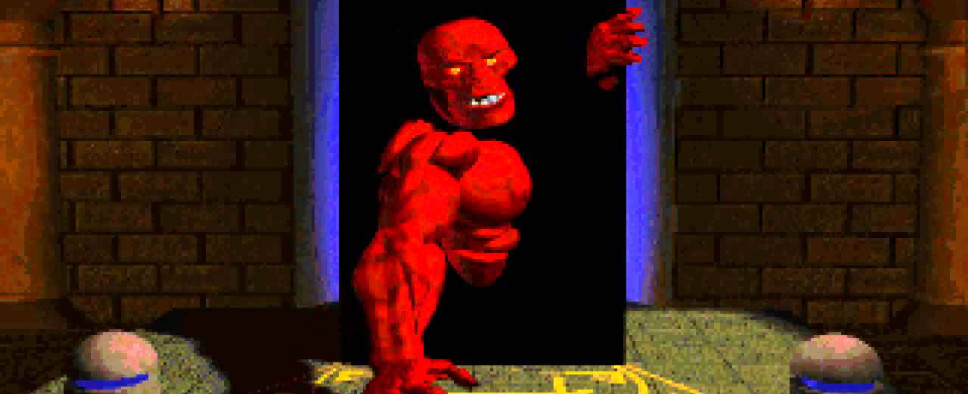Ultima VII: The Black Gate - The Digital Antiquarian
-
Category: News ArchiveHits: 1580

The latest entry in The Digital Antiquarian blog is dedicated to Origin Systems' highly-influential cRPG Ultima VII: The Black Gate. This time around, we're treated to a detailed look at the game's development, an overview of its features and gameplay, and a few paragraphs on its critical reception, all presented in the usual highly informative Digital Antiquarian fashion.
A few sample paragraphs:
For the first time since Richard Garriott had discovered the magic of tile graphics in his dorm room at the University of Texas, the world of this latest Ultima was not to be built using that technique; Origin opted instead for a free-scrolling world shown from an overhead perspective, canted just slightly to convey the impression of depth. Gone along with the discrete tiles were the discrete turns of the previous Ultima games, replaced by true real-time gameplay. The world model included height — 16 possible levels of it! — as well as the other dimensions; characters could climb stairs to other floors in a building or walk up a hillside outdoors while remaining in the same contiguous space. In a move that must strike anyone familiar with the games of today as almost eerily prescient, Origin excised any trace of static onscreen interface elements. Instead the entire screen was given over to a glorious view of Britannia, with the interface popping up over this backdrop as needed. The whole production was designed with the mouse in mind first and foremost. Do you want your character to pick up a sword? Click on him to bring up his paper-doll inventory display, then drag the sword with the mouse right out of the world and into his hand. All of the things that the Ultima VI engine seemed like it ought to be able to do, but which proved far more awkward than anticipated, the Ultima VII engine did elegantly and effortlessly.
Origin had now fully embraced a Hollywood-style approach to game production, marked by specialists working within strictly defined roles, and the team which built Ultima VII reflected this. Even the artists were specialized. Glen Johnson, a former comic-book illustrator, was responsible for the characters and monsters as they appeared in the world. Michael Priest was the resident portrait artist, responsible for the closeups of faces that appeared whenever the player talked to someone. The most specialized artistic role of all belonged to Bob Cook, a landscape artist hired to keep the multi-level environment coherent and proportional.
Of course, there were plenty of programmers as well, and they had their work cut out for them. Bringing Garriott’s latest Ultima to life would require pushing the latest hardware right to the edge and, in some situations, beyond it. Perhaps the best example of the programmers’ determination to find a way at all costs is their Voodoo memory manager. Frustrated with MS-DOS’s 640 K memory barrier and unhappy with all of the solutions for getting around it, the programming team rolled up their sleeves and coded a solution of their own from scratch. It would force virtually everyone who played the game at its release to boot their machines from a custom floppy, and would give later users even more headaches; in fact, it would render the game unplayable on many post-early-1990s machines, until the advent of software emulation layers like DOSBox. Yet it was the only way the programming team could make the game work at all in 1992.
As usual for an Ultima, the story and structure of play evolved only slowly, after the strengths and limitations of the technology that would need to enable them were becoming clear. Richard Garriott began with one overriding determination: he wanted a real bad guy this time, not just someone who was misguided or misunderstood: “We wanted a bad guy who was really evil, truly, truly evil.” He envisioned an antagonist for the Avatar cut from the classic cloth of novelistic and cinematic villains, one who could stick around for at least the next few games. Thus was born the disembodied spirit of evil known as the Guardian, who would indeed proceed to dog the Avatar’s footsteps all the way through Ultima IX. One might be tempted to view this seeming return to a black-versus-white conception of morality as a step back for the series thematically. But, as Garriott was apparently aware, the moral plot twists of the previous two games risked becoming a cliché in themselves if perpetuated indefinitely.

